Preserving cultures
Words Sean Stillmaker
Photography Wayne Quilliam
Indigenous communities across the world have a storied history of embroilment with their sovereign neighbors seeking land development.
In Australia, the significant tipping point was manifested into two bark petitions sent to parliament in 1963 on behalf of the Yolngu people who have occupied Australia’s Northern Territory since the earliest of recorded time.
When valuable minerals were found on Yolngu land, the Australian government bequeathed the land to foreign mining companies without consulting the Yolngu.
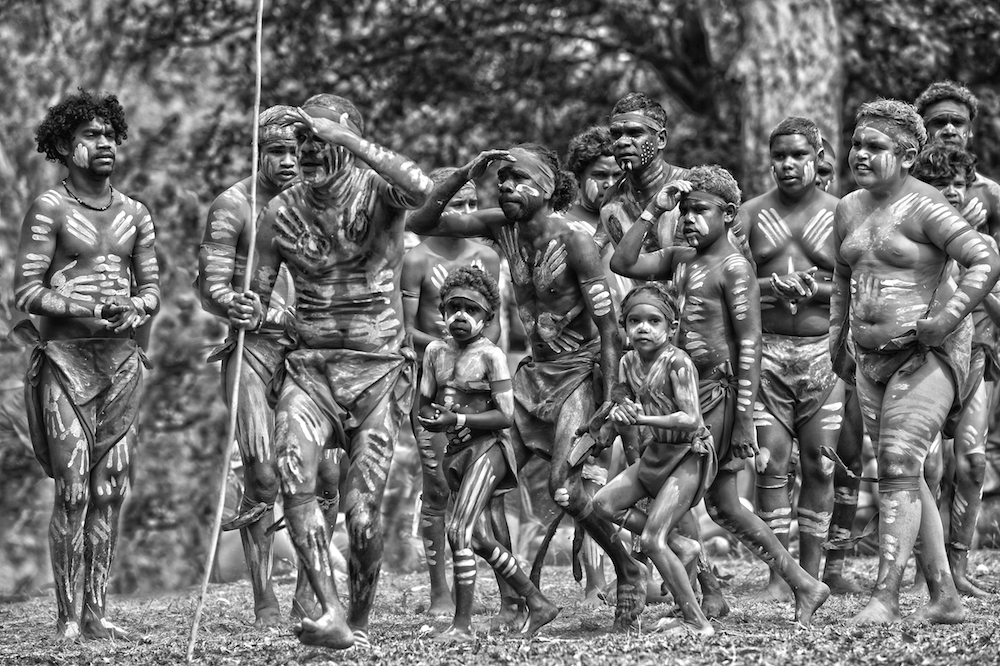
Combining their culture and modernity, the Yolngu created a petition typed on formal paper encased in tree bark with their artistic designs painted on the frame. The petition listed their grievances that also emphasized the mining would disturb and restrict their access to sacred sites.
The Yolngu appeal to parliament failed as did their ’68 supreme court case, but the bark petitions represent the founding documents of indigenous Australians and their journey for constitutional reform recognizing their rights.
The Yolngu case paved the way for the subsequent Aboriginal Land Rights Act of 1976 and the historic court decision recognizing the pre-existence of native title in 1992. The two bark petitions still remain on display in Australia Parliament today.
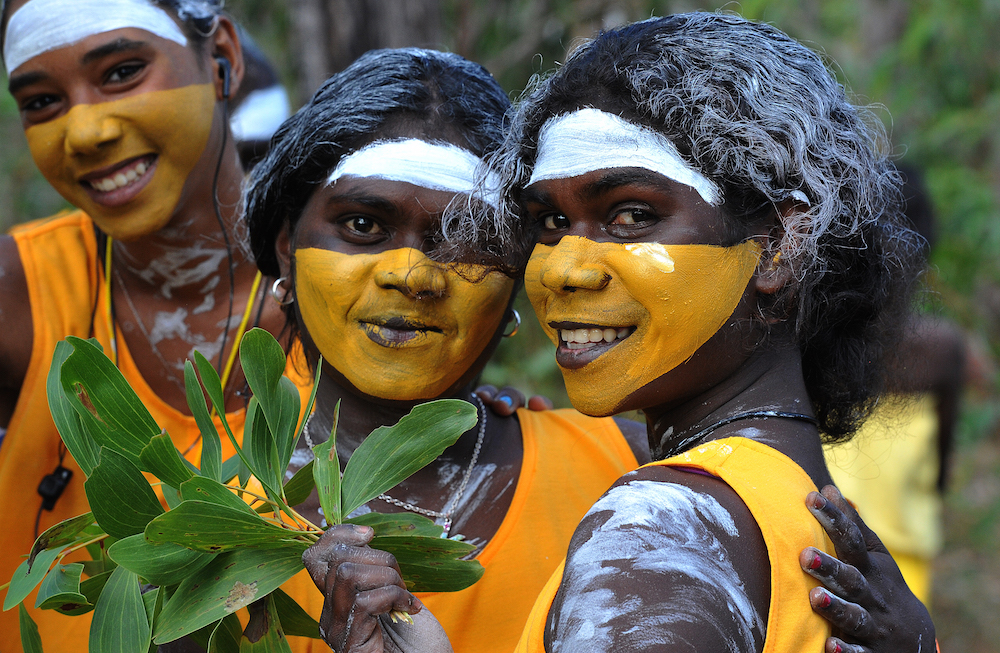
It was through learning these stories of the Yolngu and the many others impacted that led Tom Wheeler to create Sinchi, an independent, self-funded nonprofit working with indigenous communities to preserve their culture.
Last year, Sinchi conducted its first discovery project in the Northern Territory working with Yolgnu, Arrerente and Warramunga communities.
“Despite the many atrocities carried out against the people, the strength of culture and community remains so strong,” says Tom. “We felt there was still a great desire to bring indigenous and western worlds closer together, as there is much we can learn from one another.
In the words of one incredible lady and Yolgnu elder we met called Susan Djapirri Mununggirritj, ‘the true reconciliation is when you become in my heart and I become in yours and the two becomes one.’”
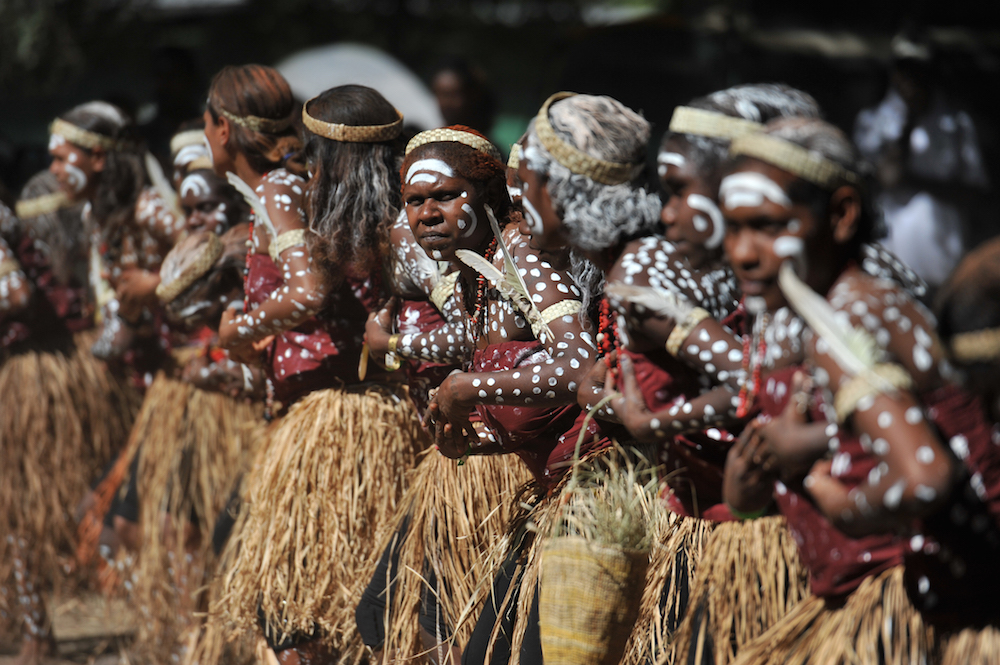
With this sentiment at heart and its mission in mind to bridge the gap between indigenous and western worlds, Sinchi is organizing several cultural initiatives.
Beginning in North East Arnhem Land, Australia, Sinchi is purchasing cameras and recording equipment to empower local communities to document their own culture and share their stories, while the people retain full copyright and ownership of the content.
At the end of the project they will publish a book, which will be distributed to the community, libraries, educational institutions and available for sale to raise funds for the community. Furthermore, Sinchi sees tremendous opportunity for commercial sustainability through the licensing of images. Their long-term goal to create an exhibition hosted at galleries around the world will show the strength of indigenous culture through the eyes of the community.
Additionally, celebrated Aboriginal photographer Wayne Quilliam will be leading workshops over the course of Sinchi’s inaugural six-month community project.
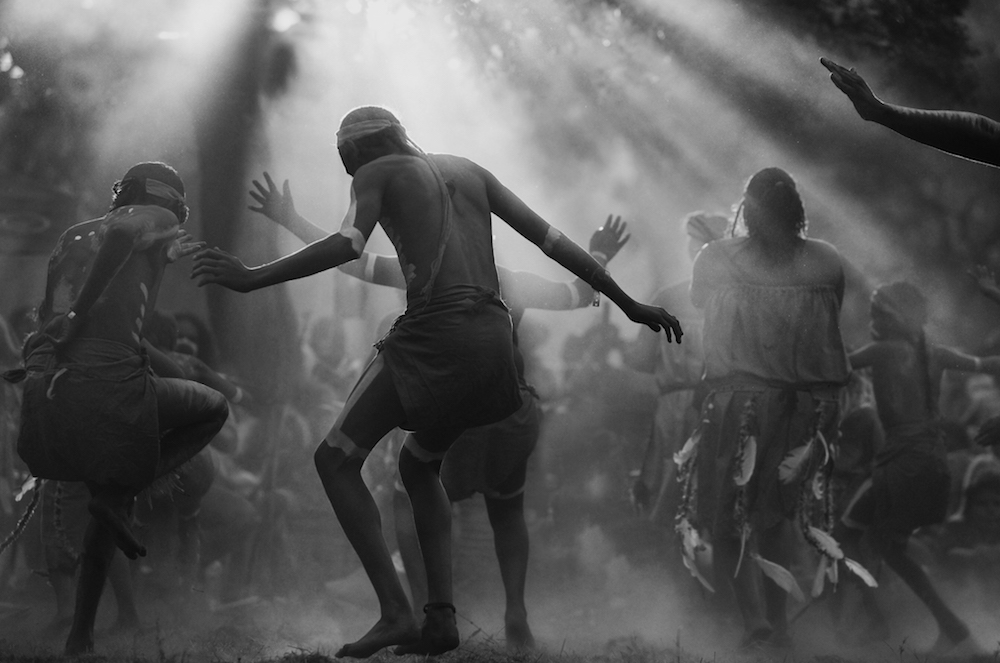
“The documentation of our people remains consistent across multiple genres, song, dance, painting and storytelling and are interwoven, integral components to maintaining and building a strong culture,” says Wayne.
The Sinchi project will continue this tradition but will challenge photographic romanticism, or a people lost in time, and empower our communities to embrace the nature of photography as a medium that draws on reality, yet is not bound to it.”
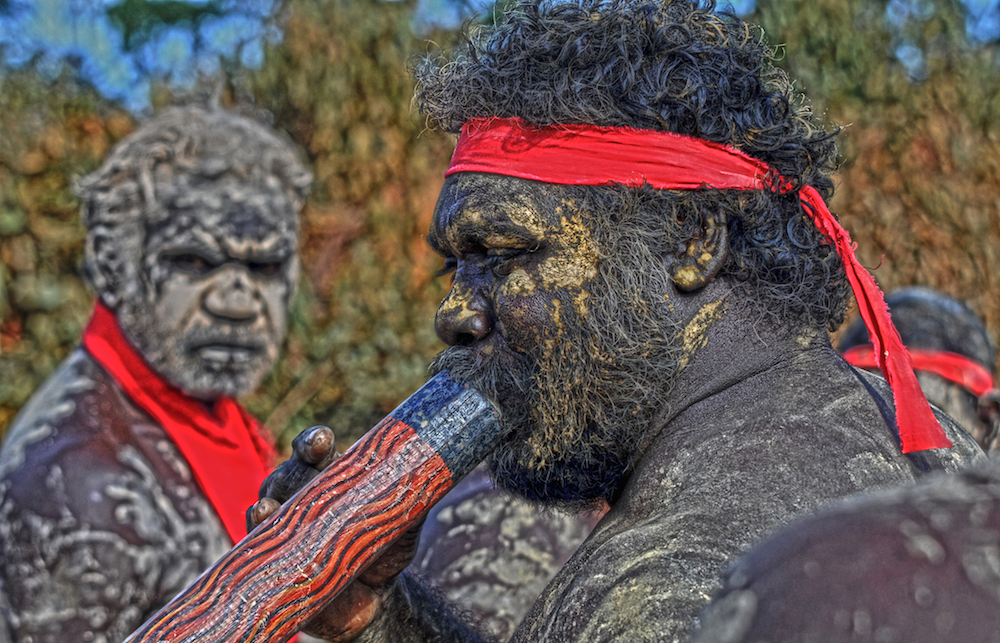
Competition + Cash Prize
To bring a global community into this project, Sinchi will be hosting a photography competition that celebrates strength and beauty of indigenous culture.
From April 1st to May 31st, entrants can submit up to 6 photos with accompanying captions that explores or is inspired by indigenous culture from around the world. The cost to enter is €10 per submission to raise funds for their projects. However, they are also offering complimentary entrance to those unable due to their financial circumstances.
A panel of judges including Wayne, international photographer Jimmy Nelson and Laura Beltran Villamizar, founder of the Native Agency will be evaluating the entries.
The selected photographer for first prize for best story will receive €1,000, a Jimmy Nelson online talk or workshop, Native Agency portfolio review, work shown in an Amsterdam gallery and prints made available (with photographer permission).
Three photographers will be selected as runner up for best story entry receiving €200 each and their work shown in an Amsterdam gallery.
One photographer selected for best individual photo will receive €300, a Wayne Quilliam online talk or workshop, Native Agency portfolio review, work shown in an Amsterdam gallery and prints made available (with photographer permission).

Aboriginal artists face a multitude of hurdles in their journey to communicate their culture. In music, Aboriginal musicians receive less than one percent of airtime on commercial radio in Australia, while Aboriginal craft artisans struggle trading their authentic pieces against exploitive reproductions made elsewhere.
These inaugural initiatives created by Sinchi are only the beginning of addressing the challenges and communicating the stories of indigenous communities.
“I believe the rebuilding of trust, respect and the ability to really listen and learn from indigenous peoples is now more important than ever,” says Tom. “This starts by learning and engaging, ignorance is the cause of much of the problems we face. So read, ask questions, follow organizations like Sinchi and you’ll be amazed by the strength and beauty of culture and knowledge that exists all over the world.”
Sinchi x majestic disorder
Related Reading




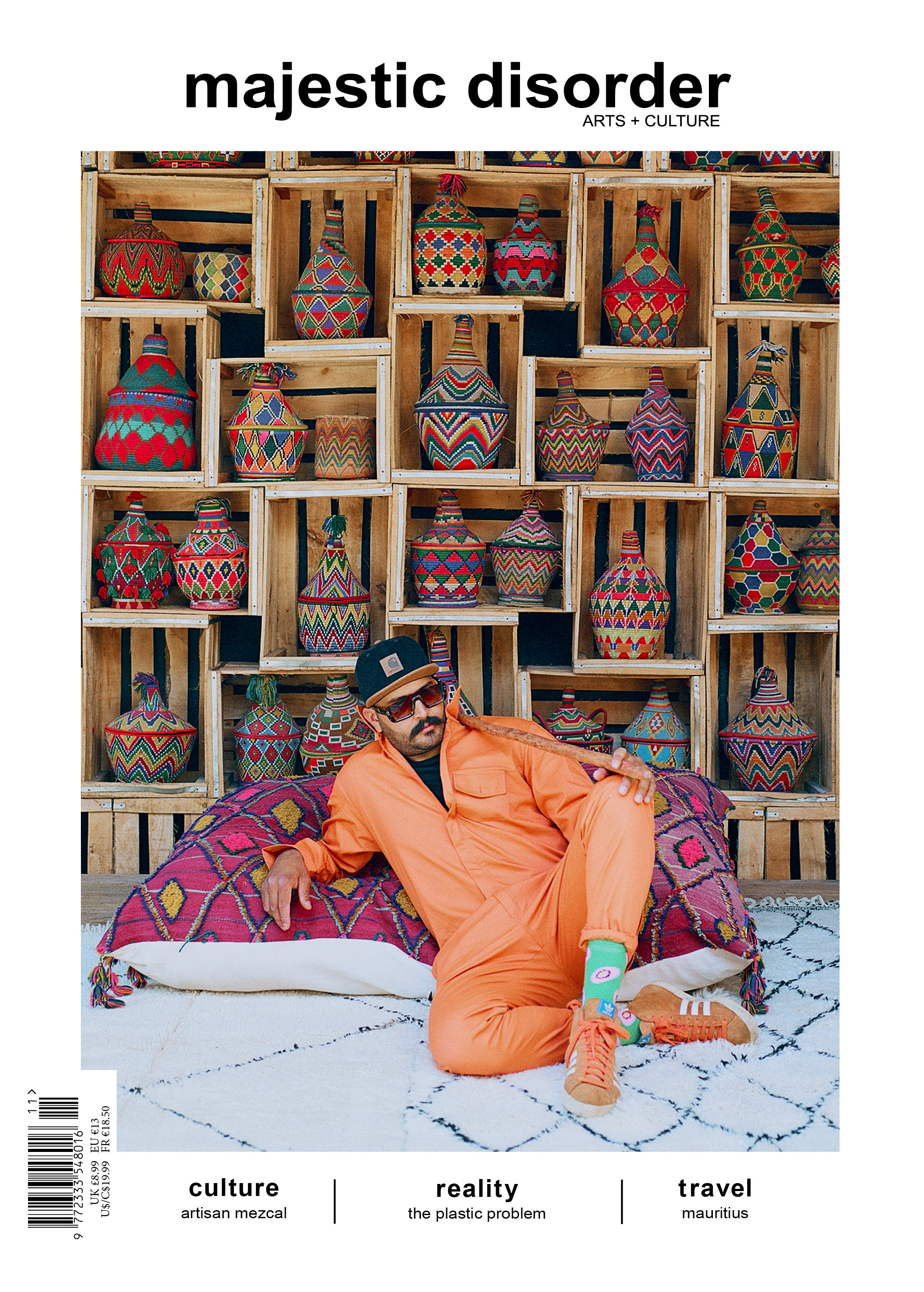
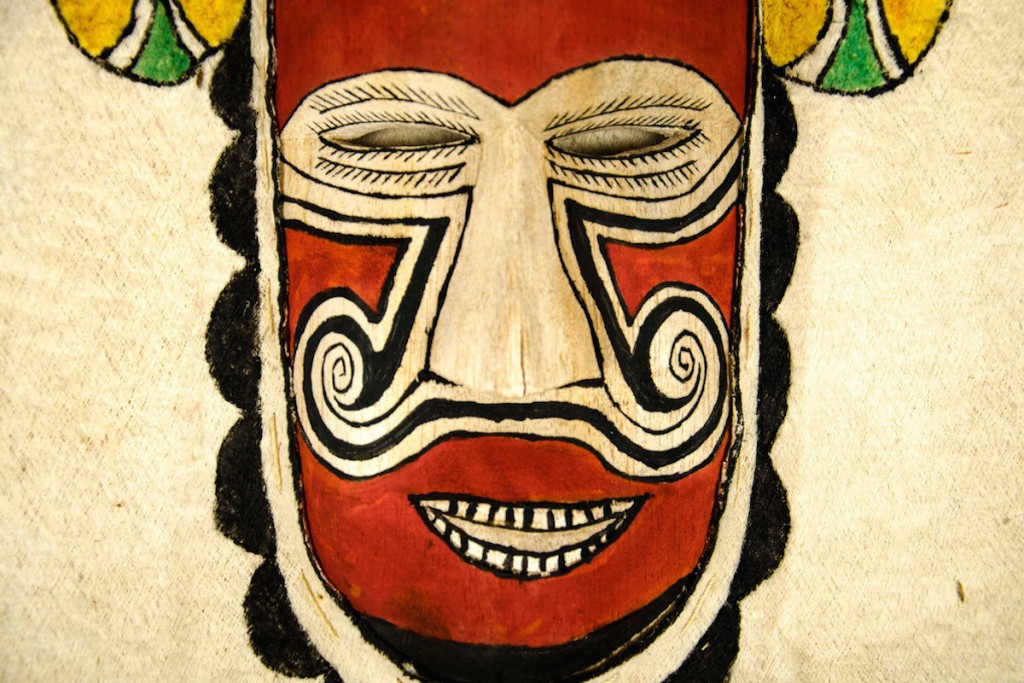
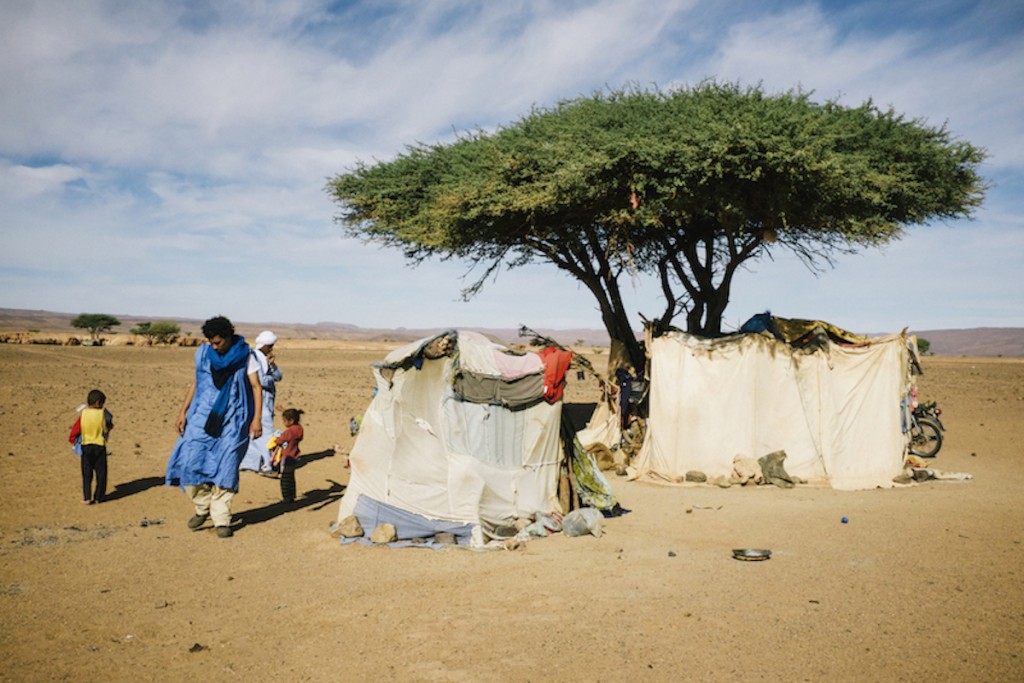
 @majesticdisorder
@majesticdisorder